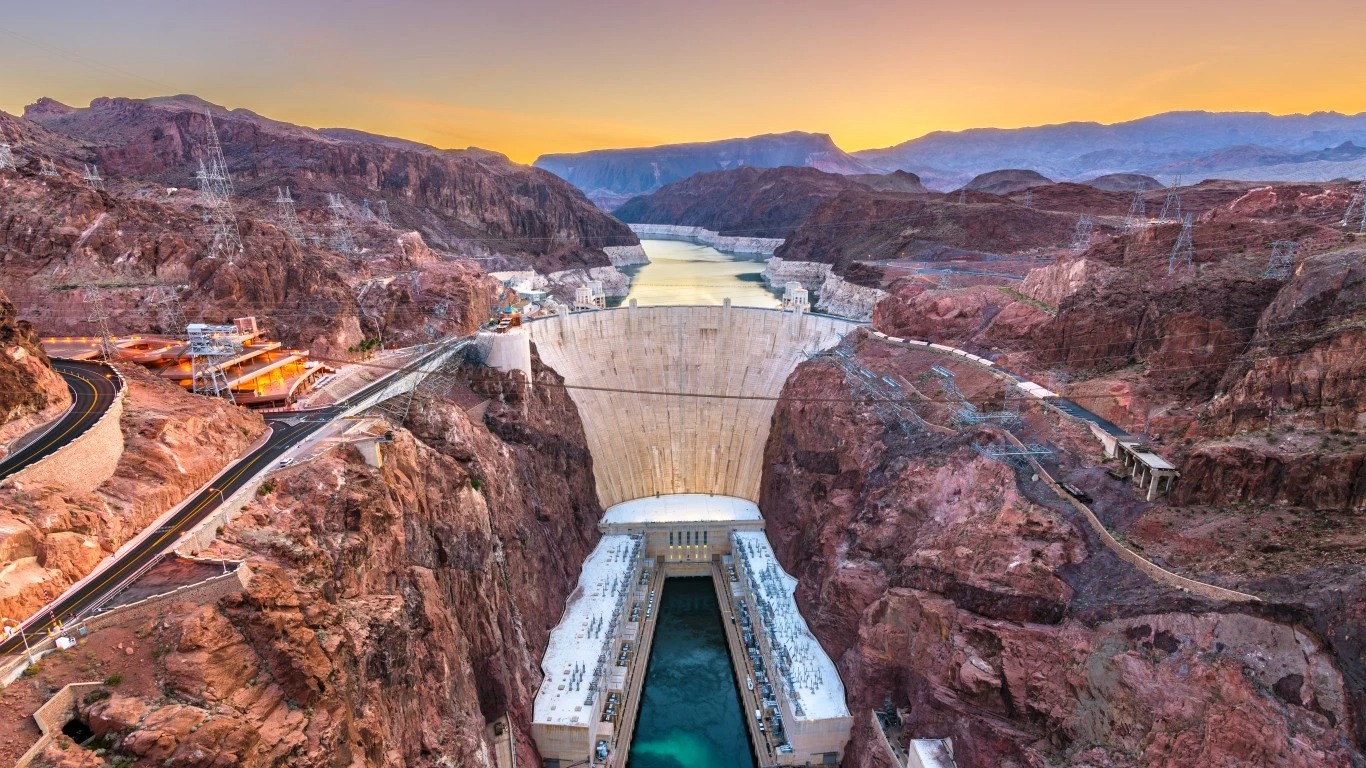No surprise that the latest annual climate report from The Task Force on Climate-related Financials Disclosures (TCFD) shows a marked increase in climate risk reporting in the past five years. But the leading industry sure shocked us.
The TCFD said in its 2022 Status Report today that banks led all industries in increasing disclosures, along with insurance companies, particularly since 2019. Other top industries, energy, and building materials were less surprising.
The task force, chaired by Michael Bloomberg, surveyed 1,400 companies across eight industries and five global regions, and found in general that the number of the 11 TCFD reporting recommendations adopted by the companies tripled to 4.2 since 2017, led by companies in Europe. Still far below 11, though.
It said the number of companies disclosing climate risks in annual reports rose to more than 60% in 2022 from 27% in 2017.
Despite the current culture wars in the U.S. over ESG policies on Wall Street, it’s clear that at banks and insurance companies, where climate risk is felt on the balance sheet, the move to more climate reporting is getting stronger.
More insights below . . . .
Why engagement works better than divestment
. . . . A new report out of Europe adds almost 30 years of research to the question of whether investors can have more impact on forcing environmental change in their holdings through engagement rather than divestment, writes Mark Hulbert. Among the findings was that engagement by investors led to more change in environmental, social and governance (ESG) practices at companies than efforts by CEOs, corporate management and boards of directors combined. And importantly, led to significantly better financial returns than a policy of excluding sectors or industries from portfolios. . . .
Read the full column
A selection of this week’s subscriber-only insights
. . . . Here’s what happens when you get into a new arena: It suggests all types of ways to expand. And that’s what GM, with its big push to be all-EV by 2035, is doing by entering the energy storage and charging businesses. Read more here. . . .
. . . . When it comes to renewables, increasingly the word is local. First up: thousands of homes in New England have organized to feed power to the grid from their solar panels and battery backups. Meanwhile, neighbors across the country are teaming up into co-ops to buy solar panels. Read more. . . .
Editor’s picks: ‘Exponential expectations for ESG’
Survey: Exponential expectations for ESG
Despite current market weakness, a new survey from PwC says eight in 10 investors polled plan to increase ESG-related investments in the coming years, and that by 2026 there will be $33.9 trillion in projected ESG-oriented assets under management, outpacing the industry as a whole. PwC’s report says that since 2020, “we’ve seen an unprecedented acceleration in the move towards environmental, social and governance–orientated investments. As investor allocations to ESG funds increase, the industry now has an opportunity to be at the forefront of a burgeoning ESG revolution.” Among PwC’s segment on how ESG is shaping future markets: ESG is replacing asset price increases as an engine of growth; and investors are pushing for new ESG products, but demand outstrips supply.
From fire to flood
As the scorching summer season recedes, the increasing threat of heavier rains looms for many Americans. New research from Northwestern University shows heavier rain in many parts of the U.S. can be tied to climate change. The study, published in Geophysical Research Letters, says changes over the full distribution of precipitation intensities “remains an overlooked and underexplored subject, despite their critical importance to hazard assessments and water resource management.” Researchers looked at daily rainfall observations and saw higher rain intensities, particularly in the central and eastern U.S., while changes in precipitation for the western U.S., which is in a severe drought, were mixed.
Climate impacts on natural capital
The effects of climate change on natural systems will be substantial, widespread, and likely irreversible, according to the authors of Climate Impacts on Natural Capital: Consequences for the Social Cost of Carbon, which appears in the Annual Review of Resource Economics. From the abstract: “Warmer temperatures and changing precipitation patterns have already contributed to forest dieback and pushed some species toward extinction. Natural systems contribute to human welfare both as an input to the production of consumption goods and through the provision of nonuse values (i.e., existence and bequest values). But because they are often unpriced, it can be difficult to constrain these benefits. Understanding how climate change effects on the natural capital stock affect human well-being, and therefore the social cost of carbon (SCC), requires understanding not just the biophysical effects of climate change but also the particular role they play in supporting human welfare. This article reviews a range of topics from natural capital accounting through climate change economics important for quantifying the ecological costs of climate change and integrating these costs into SCC calculations.” Authors: Bernardo A. Bastien-Olvera, University of California, Davis; Frances C. Moore, University of California, Davis.
Words to live by . . . .
“The challenge of pollution and global warming is no longer the science, or the rate of innovation, but the rate of implementation: We have the clean solutions; now let’s bundle them and install them.” — Jens Martin Skibsted, Danish designer and entrepreneur.
By David Callaway












